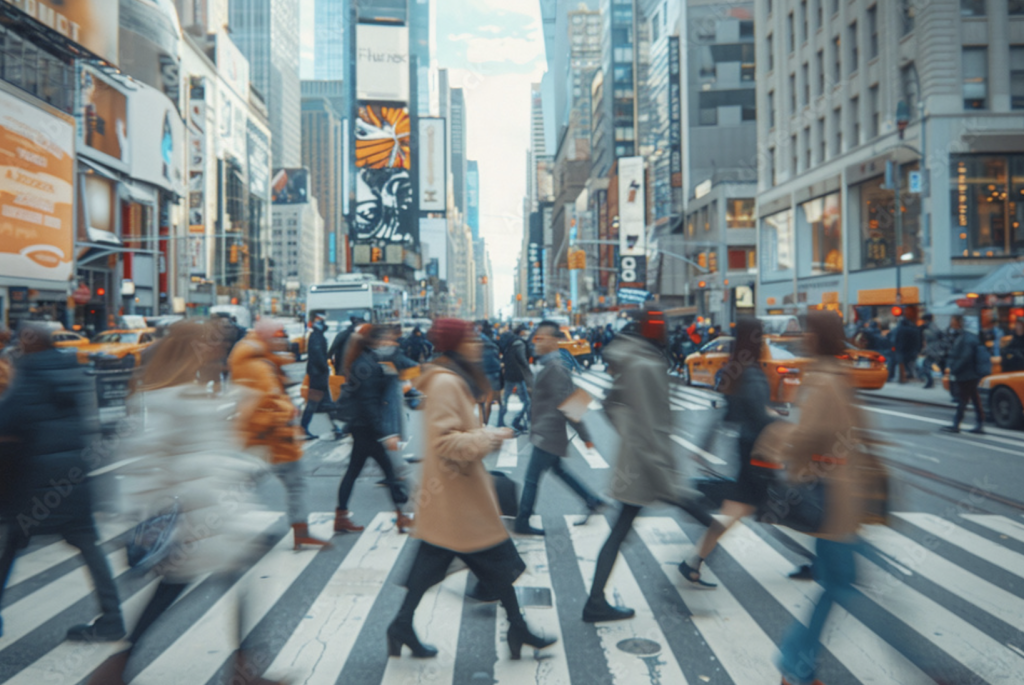Apartments for Rent in Tokyo: Best Areas for Americans to Live
Introduction
Tokyo has become one of the most attractive destinations for Americans looking to live abroad. Whether relocating for work, studying, or simply wanting an immersive cultural experience, the city offers a unique mix of modern convenience, vibrant neighborhoods, and traditional charm. For Americans, choosing the right area to live in Tokyo is crucial—not only because of commute times, but also because of lifestyle preferences, community, and budget. This guide explores the most popular areas among Americans and offers a comprehensive look at what life in Tokyo can offer.
Chapter 1: What to Know Before Renting in Tokyo
When Americans think about renting in Tokyo, the first surprise often comes from how different the housing market is compared to the United States. Apartments are typically smaller, and proximity to a train station is often more important than square footage. Most properties are unfurnished, and while modern amenities are common, things like central heating or dryers may be rare.
Another important factor is location. In Tokyo, each neighborhood has its own unique character: some areas are more family-friendly, while others are vibrant nightlife districts. Rent is closely tied to distance from central Tokyo and access to train lines. For Americans moving to Tokyo, choosing the right area often makes the biggest difference in lifestyle satisfaction.
Chapter 2: Popular Areas for Americans in Tokyo
Shibuya and Ebisu – Trendy, Central, and Full of Energy
For younger professionals or students, Shibuya and Ebisu stand out as hotspots. Shibuya is famous for its scramble crossing, neon lights, and vibrant entertainment. Living here puts you in the heart of modern Tokyo, surrounded by cafes, shops, and nightlife. For Americans who thrive in a fast-paced environment, this area delivers.
Just one stop away, Ebisu offers a slightly more refined atmosphere. With upscale dining, international supermarkets, and a lively but less overwhelming vibe, Ebisu is popular among expats who want central convenience without the chaos of Shibuya.
Roppongi – The International Hub
Roppongi has long been known as Tokyo’s international district, with embassies, global companies, and a high concentration of English-friendly businesses. Many Americans, particularly those working in finance or international law, are drawn to Roppongi because of its convenience and community. Nightlife is legendary here, with bars, clubs, and restaurants that cater to English speakers.
While rents are higher than average, the convenience and global atmosphere make it one of the top choices for Americans who want to feel at home while still being in Tokyo.
Hiroo and Azabu – Family-Friendly Expat Favorites
For Americans relocating with families, Hiroo and Azabu are among the most desirable areas. Home to several international schools, English-speaking medical clinics, and large Western-style apartments, these neighborhoods cater directly to expat families. The streets are quieter, and many cafes, bakeries, and restaurants offer menus in English.
Hiroo, in particular, is famous for its international supermarket “National Azabu,” which carries American and European products that make everyday cooking easier for expat families. These areas are not cheap, but they offer comfort, convenience, and a strong expat community.
Meguro and Nakameguro – Relaxed but Stylish
For Americans seeking a more relaxed lifestyle, Meguro and Nakameguro are excellent choices. Meguro combines residential calm with easy access to central Tokyo, making it ideal for professionals who want balance. Nakameguro, on the other hand, has become a cultural hotspot with its scenic Meguro River, lined with cherry blossoms and trendy cafes.
This area attracts creative professionals, digital nomads, and young couples. While smaller than Shibuya or Roppongi, it offers a stylish yet laid-back environment.
Chapter 2 (continued): Popular Areas for Americans in Tokyo
Shinjuku – Urban Energy and Convenience
Shinjuku is one of the busiest districts in the world, famous for its skyscrapers, department stores, and nightlife. For Americans who enjoy living in the heart of a global city, Shinjuku offers unparalleled convenience. You’ll find everything from tiny izakaya bars to Michelin-starred restaurants. The area is also home to large parks like Shinjuku Gyoen, providing a break from the urban buzz.
The main appeal of Shinjuku is accessibility. It’s one of the most connected train hubs in Tokyo, making commuting to other parts of the city easy. Apartments vary widely, from compact studios near nightlife zones to spacious options further out.
Daikanyama – Chic and Stylish
For Americans who prefer boutique shopping, trendy cafes, and a quieter yet fashionable lifestyle, Daikanyama is often described as the “Brooklyn of Tokyo.” The area is filled with independent shops, cozy restaurants, and a relaxed international vibe. Many creative professionals, artists, and digital workers live here.
While rental prices are high, the lifestyle Daikanyama offers—walkable streets, stylish residences, and community atmosphere—makes it a favorite for expats seeking quality of life.
Setagaya and Futako-Tamagawa – Suburban Comfort
For families who want more space and greenery, Setagaya and Futako-Tamagawa are excellent options. These areas are quieter compared to central Tokyo, offering larger apartments or even houses. Futako-Tamagawa, in particular, has modern shopping complexes, riverside parks, and easy access to international schools.
Setagaya is known for its residential charm, with safe streets, family-friendly facilities, and convenient access to Shibuya via the Den-en-toshi Line. Many Americans who want suburban comfort without leaving Tokyo choose this area.
Chapter 3: Budgeting for an Apartment in Tokyo
One of the most important aspects for Americans renting in Tokyo is understanding rental costs. Monthly rents vary depending on location and apartment size:
- Central areas like Roppongi, Hiroo, and Daikanyama: ¥250,000–¥500,000+ per month
- Trendy but slightly less central areas like Nakameguro or Ebisu: ¥180,000–¥300,000 per month
- Family-friendly suburbs like Setagaya or Futako-Tamagawa: ¥150,000–¥250,000 per month
- More affordable outer areas: ¥100,000–¥180,000 per month
Utilities, internet, and transportation costs add to the monthly budget. Many Americans find that while Tokyo housing is smaller than in the U.S., the trade-off is convenience, safety, and world-class infrastructure.
Chapter 4: Daily Life for Americans in Tokyo
Living in Tokyo as an American means adjusting to a new rhythm. Grocery shopping may involve smaller, frequent trips rather than bulk buying. Dining out, however, is often affordable, with everything from ramen shops to international restaurants available.
Healthcare is accessible and high-quality, and many hospitals in central Tokyo have English-speaking staff. Schools are another factor for families—Tokyo offers several international schools that cater to American curricula.
Transportation is one of the highlights of Tokyo life. With an efficient train and subway network, owning a car is often unnecessary. For Americans used to driving, this shift can be surprising but ultimately convenient.
Chapter 5: Tips for a Smooth Rental Experience
- Location First: Decide what matters most—short commute, space, or lifestyle—and choose the area accordingly.
- Work with English-Speaking Agents: They can simplify communication and paperwork.
- Understand Apartment Sizes: A “1LDK” (one bedroom with living-dining-kitchen) may be smaller than expected.
- Plan for Furnishing: Most apartments are unfurnished, so consider furniture rental or second-hand options.
- Community Matters: Joining expat groups or neighborhood associations can make settling in easier.
Conclusion
Tokyo offers a wealth of opportunities for Americans looking to rent apartments and build a life in Japan’s dynamic capital. From the global energy of Roppongi to the suburban comfort of Setagaya, every neighborhood provides a different lifestyle experience. While rents can be high, the city rewards its residents with convenience, safety, culture, and endless opportunities for discovery.
For Americans moving to Tokyo, the key is matching your lifestyle with the right neighborhood. Whether you’re a young professional, a family with children, or someone seeking a cultural adventure, Tokyo has an area that feels like home.

